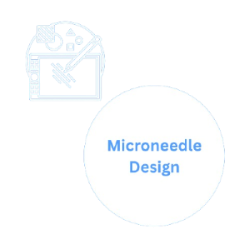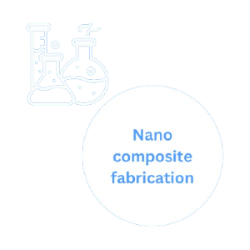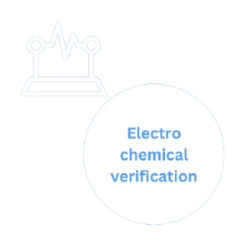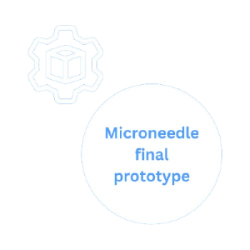Continuous Lactate Biosensor for Athletes
A cutting edge technology meant to transform the landscape of sports injury prevention.
Introduction to Lactate
Lactic Acid, scientifically referred to as lactate, is a biochemical compound naturally generated within the human body during metabolic processes, notably during physical exercise. The accumulation of lactate within active muscles stands as a pivotal determinant of fatigue. Shown below is a lactate curve, illustrating the relationship between exercise intensity and lactate concentration. Notice the point in which lactate starts to exponenentially increase, noted as the lactate threshold, where the rate of lactate accumulation surpasses the body's capacity for clearance. This threshold marks the point in which fatigue accelerates in the body.
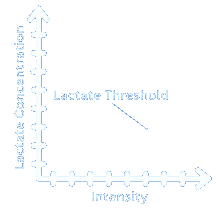
Variations in lactate curves are notable among athletes, with individual thresholds evolving over time with experience and training. Advanced athletes often exhibit delayed lactate thresholds. Leveraging the benefits of continuous lactate monitoring, athletes can attain valuable insights into their training progression, optimizing performance and refining training regimens.
Our patch is a low-cost, real-time, lactate-sensing microneedle (MN) patch made of a novel composite for optimized conductivity using functionalized multi-walled carbon nanotubes (MWCNT) and polylactic acid (PLA).
Select an icon below to learn more about the elements of our patch!
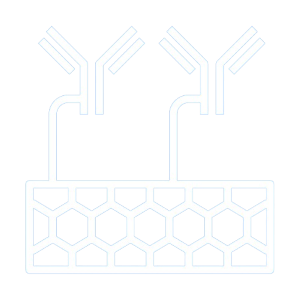
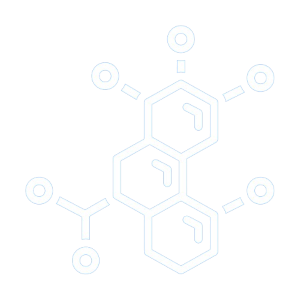
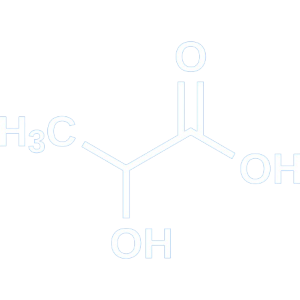
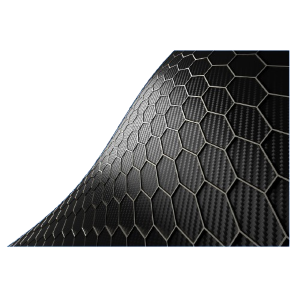 Functionalized Multi-walled Carbon Nanotubes (MWCNT): The unique achiral structure of carbon nanotubes contributes to their exceptional conductivity, making them ideal for creating advanced nanocomposites. Multi-walled nanotubes, compared to their single-walled counterparts, offer high durability, requiring significantly more force to induce damage. These MWCNTs undergo functionalization, wherein amine groups are bonded to the nanotubes. These amine groups are attached to the specific enzymes, effectively linking the nanotubes with the enzymes. The enzyme-induced reactions are detected by the nanotubes, enabling the biosensing functionality of the microneedle patch.
Functionalized Multi-walled Carbon Nanotubes (MWCNT): The unique achiral structure of carbon nanotubes contributes to their exceptional conductivity, making them ideal for creating advanced nanocomposites. Multi-walled nanotubes, compared to their single-walled counterparts, offer high durability, requiring significantly more force to induce damage. These MWCNTs undergo functionalization, wherein amine groups are bonded to the nanotubes. These amine groups are attached to the specific enzymes, effectively linking the nanotubes with the enzymes. The enzyme-induced reactions are detected by the nanotubes, enabling the biosensing functionality of the microneedle patch.
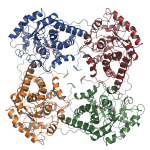 Lactate Oxidase: The selected enzyme is used to coat the microneedle patch electrodes. This enzyme specifically reacts with lactate accumulated in the body, triggering the necessary reaction for the electrode's functionality. Note that the enzyme is specifically attached to the conductive nanotubes, optimizing the patch's ability to sense reactions and display them to the athlete.
Lactate Oxidase: The selected enzyme is used to coat the microneedle patch electrodes. This enzyme specifically reacts with lactate accumulated in the body, triggering the necessary reaction for the electrode's functionality. Note that the enzyme is specifically attached to the conductive nanotubes, optimizing the patch's ability to sense reactions and display them to the athlete.
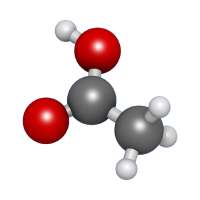 Polylactic Acid (PLA): This compound is a biocompatible polymer that serves as the foundation of the microneedle patch. Functioning as the "glue," it effectively binds the nanotubes together. Additionally, its high durability ensures a safe and mechanically stable patch that adheres securely to the user's body.
Polylactic Acid (PLA): This compound is a biocompatible polymer that serves as the foundation of the microneedle patch. Functioning as the "glue," it effectively binds the nanotubes together. Additionally, its high durability ensures a safe and mechanically stable patch that adheres securely to the user's body.
How It Works
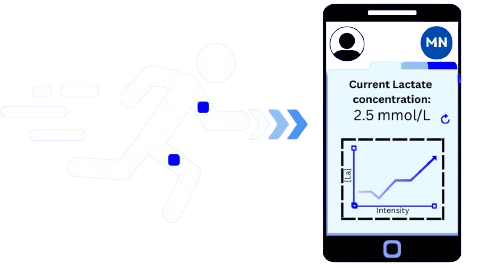 Prior to training, athletes will receive a reusable patch, recommended for a duration of one week. This patch should be applied to the primary muscle in use, such as the bicep or thigh. Once secured, either the athlete or coach can initiate the recording of lactate concentrations. The patch enables real-time monitoring of lactate build-up during training sessions. Our accompanying app provides crucial insights, indicating when the lactate threshold is reached and recommending optimal stopping points to prevent injury. By understanding their lactate thresholds, athletes and coaches can collaborate to refine and optimize training plans. This advanced monitoring system empowers athletes to track their lactate levels independently, eliminating the need for inconvenient external appointments. It seamlessly integrates into the athlete's routine, adapting to their schedule for maximum convenience and efficiency. Additionally, the app offers detailed analytics and historical data tracking, allowing athletes to monitor progress over time and make data-driven adjustments to their training regimen.
Prior to training, athletes will receive a reusable patch, recommended for a duration of one week. This patch should be applied to the primary muscle in use, such as the bicep or thigh. Once secured, either the athlete or coach can initiate the recording of lactate concentrations. The patch enables real-time monitoring of lactate build-up during training sessions. Our accompanying app provides crucial insights, indicating when the lactate threshold is reached and recommending optimal stopping points to prevent injury. By understanding their lactate thresholds, athletes and coaches can collaborate to refine and optimize training plans. This advanced monitoring system empowers athletes to track their lactate levels independently, eliminating the need for inconvenient external appointments. It seamlessly integrates into the athlete's routine, adapting to their schedule for maximum convenience and efficiency. Additionally, the app offers detailed analytics and historical data tracking, allowing athletes to monitor progress over time and make data-driven adjustments to their training regimen.
Our Plan
To ensure a safe, affordable, and user-friendly patch for our athletes, we have conducted extensive testing and meticulous design of the final product. Click on each phase below to see our product development process!
